soapstone counters
cmonasev
13 years ago
Related Stories

KITCHEN DESIGNKitchen Counters: Durable, Easy-Clean Soapstone
Give bacteria the boot and say sayonara to stains with this long-lasting material that's a great choice for kitchen and bath countertops
Full Story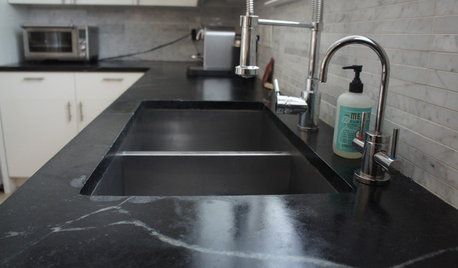
KITCHEN DESIGNSoapstone Counters: A Love Story
Love means accepting — maybe even celebrating — imperfections. See if soapstone’s assets and imperfections will work for you
Full Story
KITCHEN COUNTERTOPS10 Top Backsplashes to Pair With Soapstone Countertops
Simplify your decision-making process by checking out how these styles work with soapstone
Full Story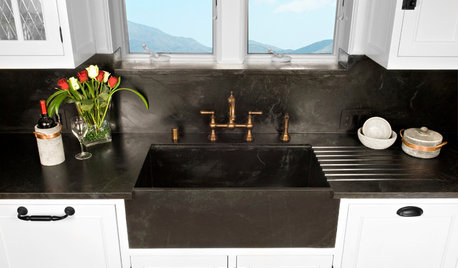
KITCHEN DESIGNKitchen Sinks: Soapstone for Germ-Free Beauty and Durability
Stains and bacteria? Not on soapstone's watch. But this sink material's benefits don't come cheap.
Full Story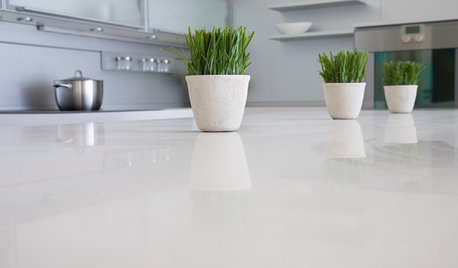
KITCHEN DESIGNKitchen Counters: Stunning, Easy-Care Engineered Quartz
There's a lot to like about this durable blend of quartz and resin for kitchen countertops, and the downsides are minimal
Full Story
KITCHEN DESIGNThe 100-Square-Foot Kitchen: Farm Style With More Storage and Counters
See how a smart layout, smaller refrigerator and recessed storage maximize this tight space
Full Story
KITCHEN DESIGNKitchen Counters: Elegant, Timeless Marble
Ever classic and with unrivaled beauty, marble countertops bespeak quiet luxury in the kitchen — with a few caveats
Full Story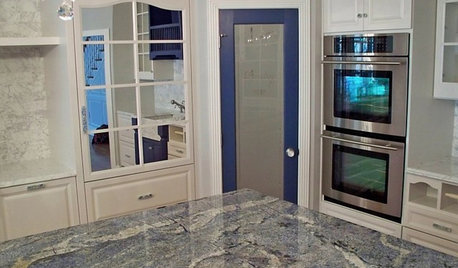
KITCHEN COUNTERTOPSKitchen Counters: Granite, Still a Go-to Surface Choice
Every slab of this natural stone is one of a kind — but there are things to watch for while you're admiring its unique beauty
Full Story
KITCHEN DESIGNThe Best Backsplashes to Pair With Wood Counters
Simplify your decision-making with these ideas for materials that work well with wood counters
Full Story





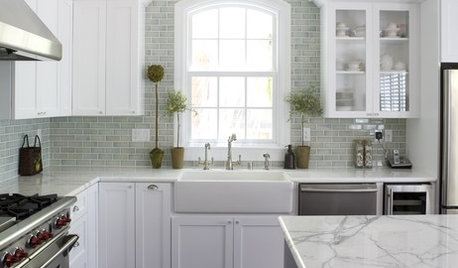
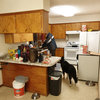
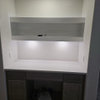

plllog
Related Professionals
Buffalo Kitchen & Bathroom Designers · Saint Peters Kitchen & Bathroom Designers · St. Louis Kitchen & Bathroom Designers · West Virginia Kitchen & Bathroom Designers · Crestline Kitchen & Bathroom Remodelers · Eagle Kitchen & Bathroom Remodelers · Vancouver Kitchen & Bathroom Remodelers · West Palm Beach Kitchen & Bathroom Remodelers · Daly City Cabinets & Cabinetry · Foster City Cabinets & Cabinetry · Ham Lake Cabinets & Cabinetry · University Park Cabinets & Cabinetry · North Bay Shore Cabinets & Cabinetry · Bellwood Cabinets & Cabinetry · Gladstone Tile and Stone Contractors